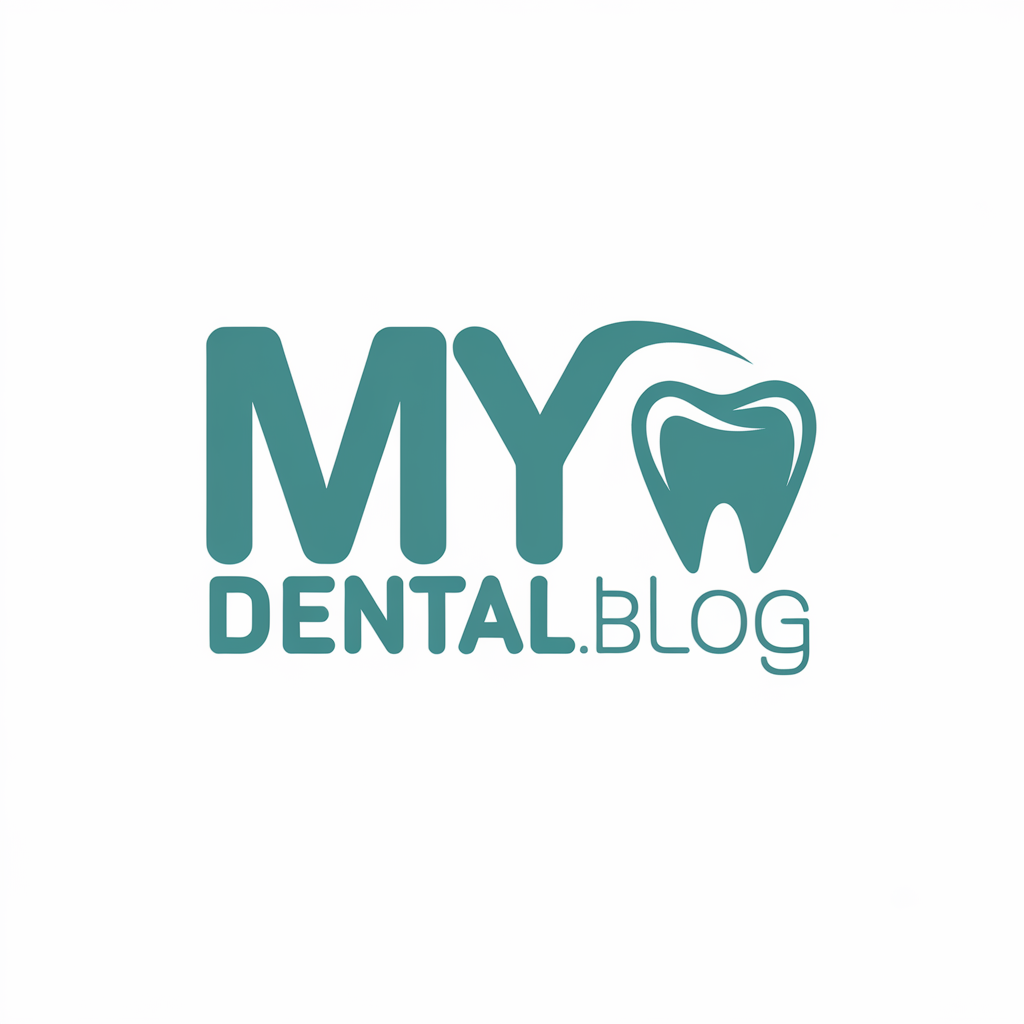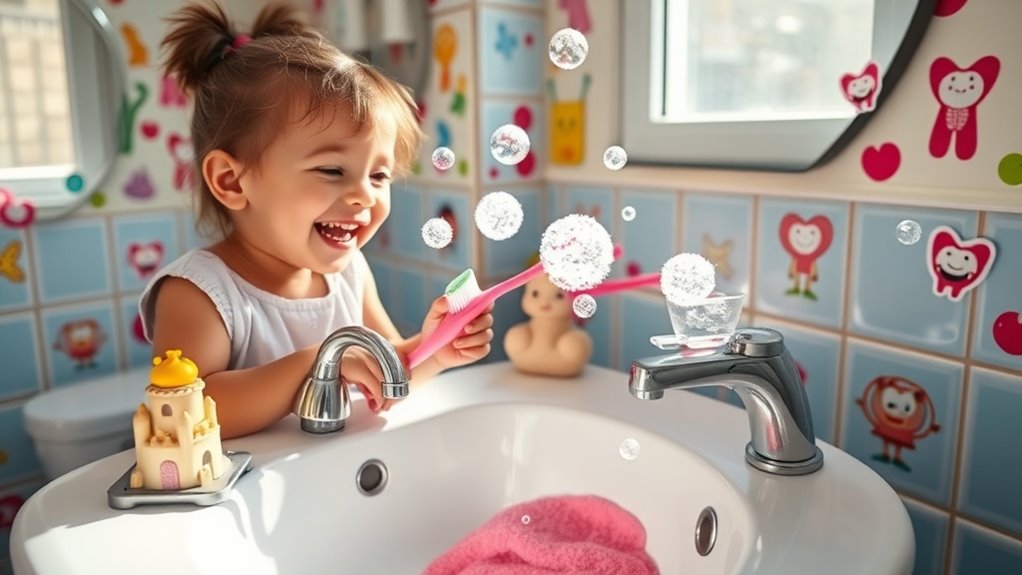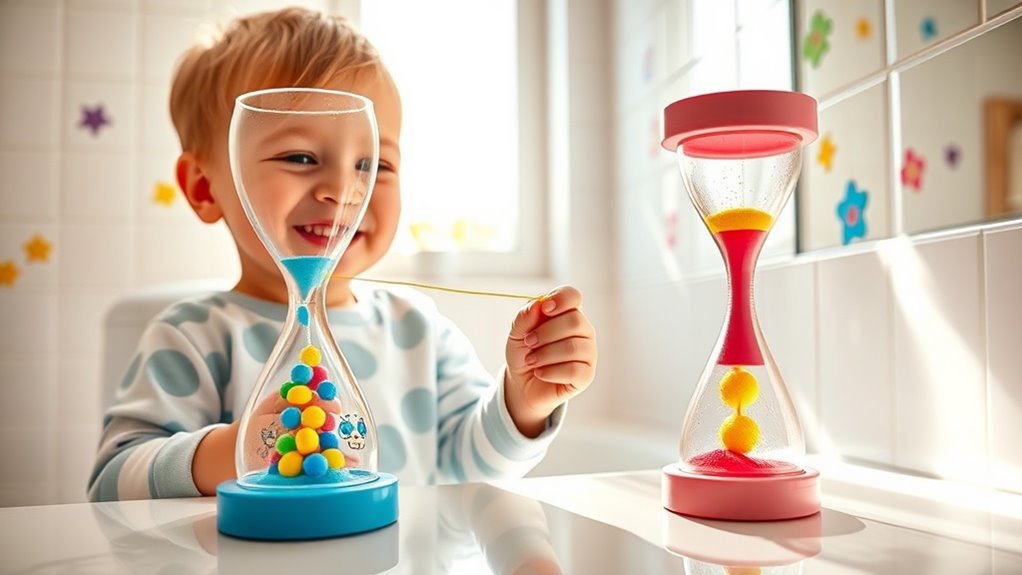Is Your Child’s Toothpaste Doing More Harm Than Good.
Have you ever stopped to consider what’s really in your child’s toothpaste? Many parents assume that all toothpastes are safe, but that’s not always the case. Harmful additives and excessive fluoride can pose risks to your child’s health. As you think about their oral care routine, you might wonder if you’re unintentionally doing more harm than good. Let’s explore what to look for and how you can make better choices.
Understanding Common Ingredients in Children’s Toothpaste
When you choose a toothpaste for your child, it’s important to understand the common ingredients that can impact their dental health. Many parents unknowingly pick harmful kids’ toothpaste loaded with questionable additives.
For instance, some toothpastes contain artificial sweeteners and flavors that may pose risks to your child’s overall wellbeing. You’ll want to steer clear of products with harsh abrasives that can damage delicate enamel.
Look for fluoride-free options if you’re concerned about fluoride exposure, as there are natural alternatives that can still promote healthy teeth. It’s also wise to check for the presence of parabens and sulfates, which some studies suggest may have negative effects.
Additionally, be aware that natural sweeteners like xylitol are safer alternatives to artificial sweeteners found in many commercial toothpaste options.
By being informed about these ingredients, you can choose a toothpaste that supports your child’s dental health and gives you peace of mind.
After all, you want your little ones to have bright smiles and a healthy start to their oral care journey.
The Risks of Fluoride in Children’s Oral Care
Fluoride has long been touted as a key ingredient in fighting cavities, but it’s important to weigh the potential risks, especially for children. While fluoride can strengthen enamel, excessive exposure may lead to dental fluorosis, which manifests as white spots or stains on teeth. This can impact your child’s confidence and self-esteem, and it’s something many parents worry about.
Kids are especially vulnerable since they might swallow toothpaste instead of spitting it out. If you’re unsure about the right amount of fluoride for your child, consult your pediatric dentist. They can help you find a balance that protects their teeth without overexposing them to fluoride.
Choosing a toothpaste with the right fluoride level is crucial. By being informed and making careful choices, you can ensure your child’s oral health is on the right track while minimizing potential risks. Regulatory agencies endorse fluoride safety when used as directed, but it’s vital to monitor exposure levels to prevent any adverse effects.
You’re not alone in this journey—many parents share the same concerns.
Harmful Additives: What to Avoid
What harmful additives should you be on the lookout for in your child’s toothpaste?
First, steer clear of artificial sweeteners like saccharin and aspartame. These can lead to a preference for overly sweet flavors and may not be safe for your little ones.
Next, check for sodium lauryl sulfate (SLS), a foaming agent that can irritate sensitive mouths, especially in kids with canker sores.
Parabens, often used as preservatives, should also raise a red flag; they can disrupt hormonal balance.
Lastly, avoid triclosan, an antibacterial agent linked to antibiotic resistance and environmental concerns. This synthetic antibacterial agent has been associated with hormone disruption and may pose long-term health risks.
By keeping these additives off your shopping list, you not only protect your child’s health but also join a community that values safe, natural choices for their families.
Your informed decisions can make a big difference in your child’s well-being and set a strong foundation for a lifetime of healthy habits.
Safe Alternatives to Conventional Toothpaste
Finding a toothpaste free from harmful additives is just the first step in ensuring your child’s oral health. You might want to consider natural alternatives that are both effective and safe. Look for toothpastes containing ingredients like xylitol, which can help prevent cavities, or baking soda for gentle whitening and freshening breath.
Herbal options, such as those infused with peppermint or tea tree oil, can provide a refreshing flavor without harsh chemicals. You can also explore DIY recipes using simple ingredients like coconut oil and essential oils for a personalized touch. Many parents share their favorite natural brands in online communities, helping you feel connected and supported in your choices. By choosing these alternatives, you’re not just promoting good dental hygiene; you’re fostering a sense of belonging to a growing movement of health-conscious families who prioritize safety and wellness for their children. Additionally, many natural toothpastes are marketed for their ingredient safety and eco-friendliness, appealing to parents concerned about harmful additives.
How to Choose the Right Toothpaste for Your Child
When it comes to choosing the right toothpaste for your child, how do you know which one truly meets their needs? Start by looking for fluoride options, as this mineral helps prevent cavities.
However, if you’re concerned about fluoride, explore natural toothpaste that still offers cavity protection without harsh chemicals.
Check the ingredients list—avoid those containing artificial sweeteners, colors, or preservatives. You want something your child feels good about using!
Consider their age too; younger kids often benefit from a lower fluoride concentration. Look for flavors that appeal to them, like bubblegum or strawberry, to make brushing a fun part of their routine.
Lastly, consult your pediatric dentist for personalized recommendations. Regular dental visits are essential for early problem detection and can help you make informed choices about your child’s toothpaste.
You’ll create a sense of belonging by involving them in the choice, letting them feel empowered and engaged in their oral health journey. Choosing the right toothpaste can make all the difference in developing lifelong habits!
Tips for Promoting Good Oral Hygiene Habits
Choosing the right toothpaste is just the first step in ensuring your child maintains good oral hygiene habits.
Next, make brushing fun! Let your child pick a toothbrush in their favorite color or featuring a beloved character. Set a routine by brushing twice a day together—this not only reinforces the habit but also allows for bonding time.
Use a timer or a favorite song to encourage a full two minutes of brushing. Don’t forget to celebrate their progress; small rewards or stickers can motivate them to keep up the good work.
Encourage healthy snacks and drinks, as what they consume impacts their teeth.
Lead by example; show them you value your own oral hygiene. Lastly, schedule regular dental check-ups and involve your child in discussions about their dental health.
Building these habits together will make oral care a valued part of your family routine.





